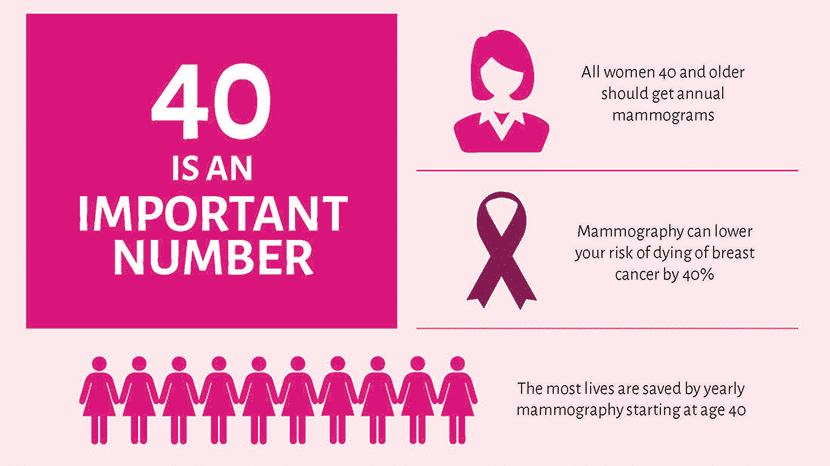
Mammography Really Does Save Lives
Amazing encounters at the Texas Conference for Women.
I had the pleasure of working with the ARA Physician Account Team at the Texas Conference for Women earlier this month. We were there to tell women about a new technology at ARA, the 3D mammogram, or breast tomosynthesis. The event was sold out at 7,000 tickets and the energy was high. Women gathered there for “connection, motivation, networking, inspiration and skill building.”
I had the opportunity visit with many women, each one very interested in hearing about 3D mammography. It’s easy to talk about technology that can detect up to 41% more breast cancers and reduce call back rates by 40%. This is the kind of information that is hard to ignore. In every conversation I had, I knew ARA could make a difference in these women’s lives and they were interested in hearing about breast cancer screening. I talked to five or so women within the first 20 minutes of my arrival when I was approached by a woman who said to me “Thank God for ARA! They found my cancer and saved my life.” I heard the same from four more women before my day was over. I was moved that these women were genuinely grateful for ARA and the role we played in their diagnosis. And, thankfully they are survivors.
The danger of waiting until 45 to start breast cancer screening
Last week the American Cancer Society changed their recommendations on when women should begin and how often they should have a screening mammogram. Social media is now flooded with questions and confusion. I work in this business, so I have the benefit of being surrounded by experts on the subject, whom I trust. The doctors at ARA stand by the American College of Radiology and Society of Breast Imaging’s recommendations for breast cancer screenings: begin annual screening mammograms at age 40!
I don’t know the ages of the breast cancer survivors I encountered at the Texas Conference for Women but I am certain that at least two of them were not yet 45. What if they waited until they were 45 or 50 to have their mammograms? Thankfully, they don’t have to know the answers to that question. I know that the story doesn’t always end with a breast cancer patient celebrating survivorship. But, I also know that the earlier the breast cancer is found the better. My own mother was an example of early detection (at age 30) and survivorship.
What about false positives and biopsies?
For those that suggest that the scare that comes along with call backs for additional views and false positives is too much for women to bear, I respond from personal experience. Having two breast biopsies before the age of 40, I experienced the scare of a false positive. However, immediately following the procedures I was relieved to learn my biopsies were negative for breast cancer. I say the temporary alarm was worth the information. I would rather take the risk of a false positive than to possibly walk around with breast cancer for years before I know I have it. I value the comfort that comes from knowing I’m doing what I can to screen myself for breast cancer.
I have the deepest gratitude for the lives that have been saved through early detection of breast cancer and the doctors that commit their careers to breast imaging. Let’s not step backward. I encourage all women to begin mammograms at age 40 and to do them yearly thereafter.
 Back to Top
Back to Top